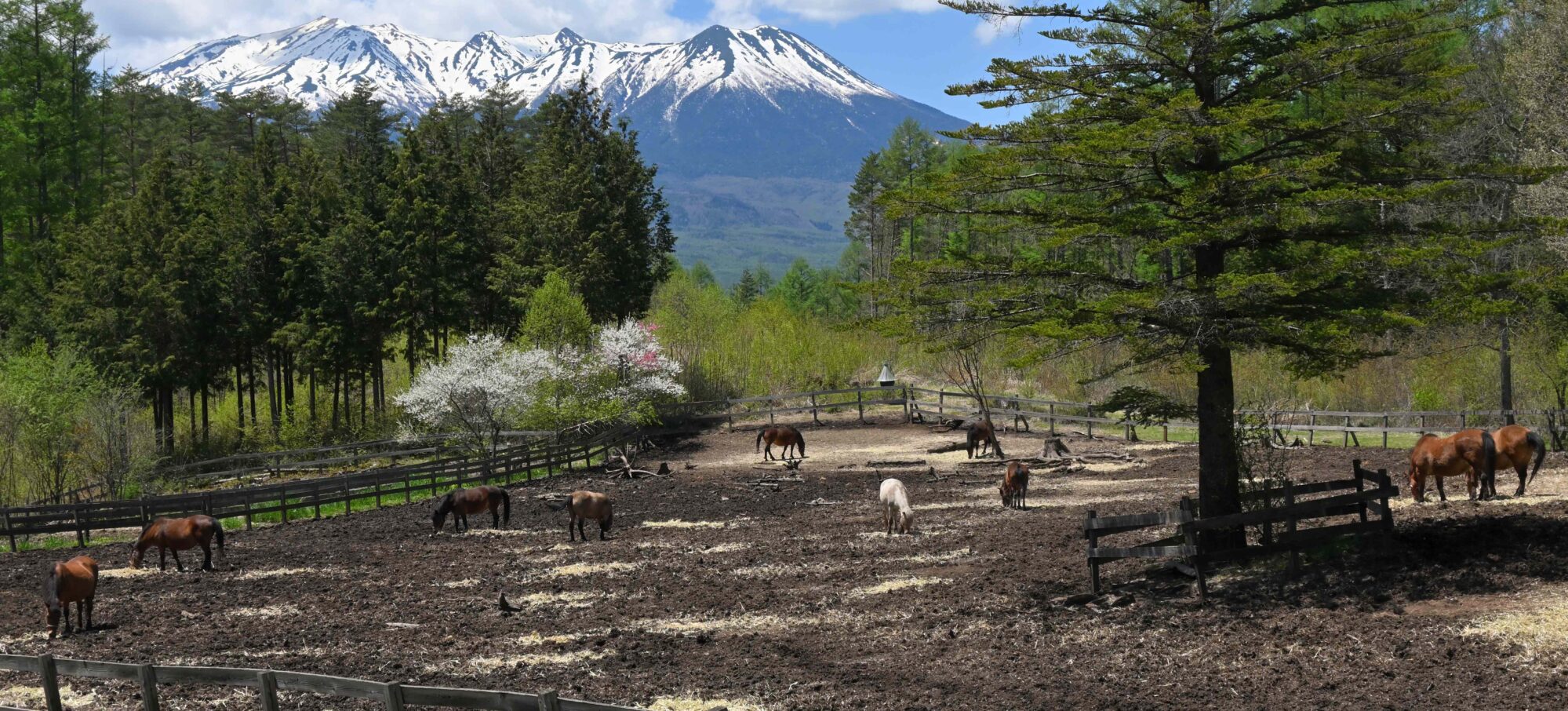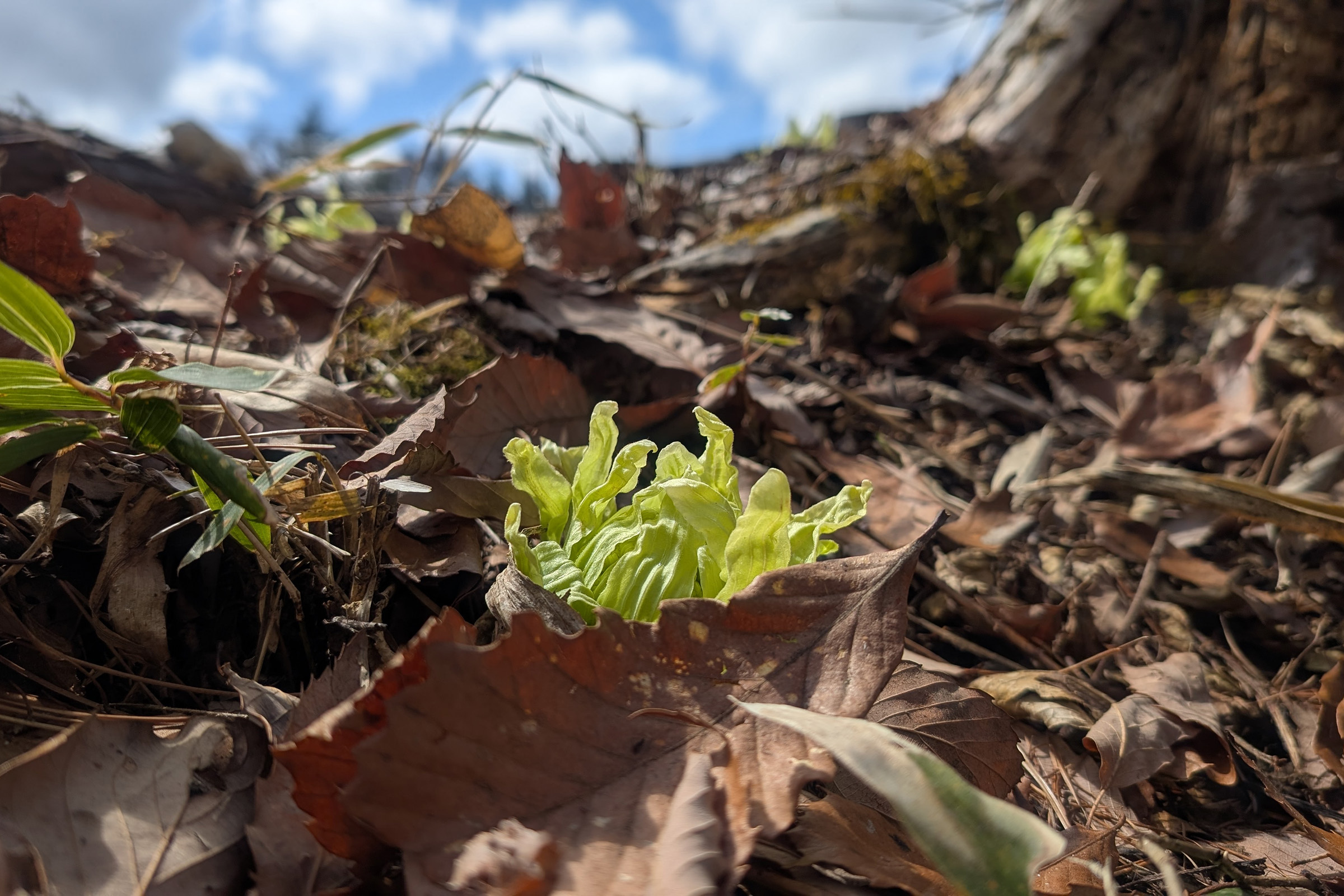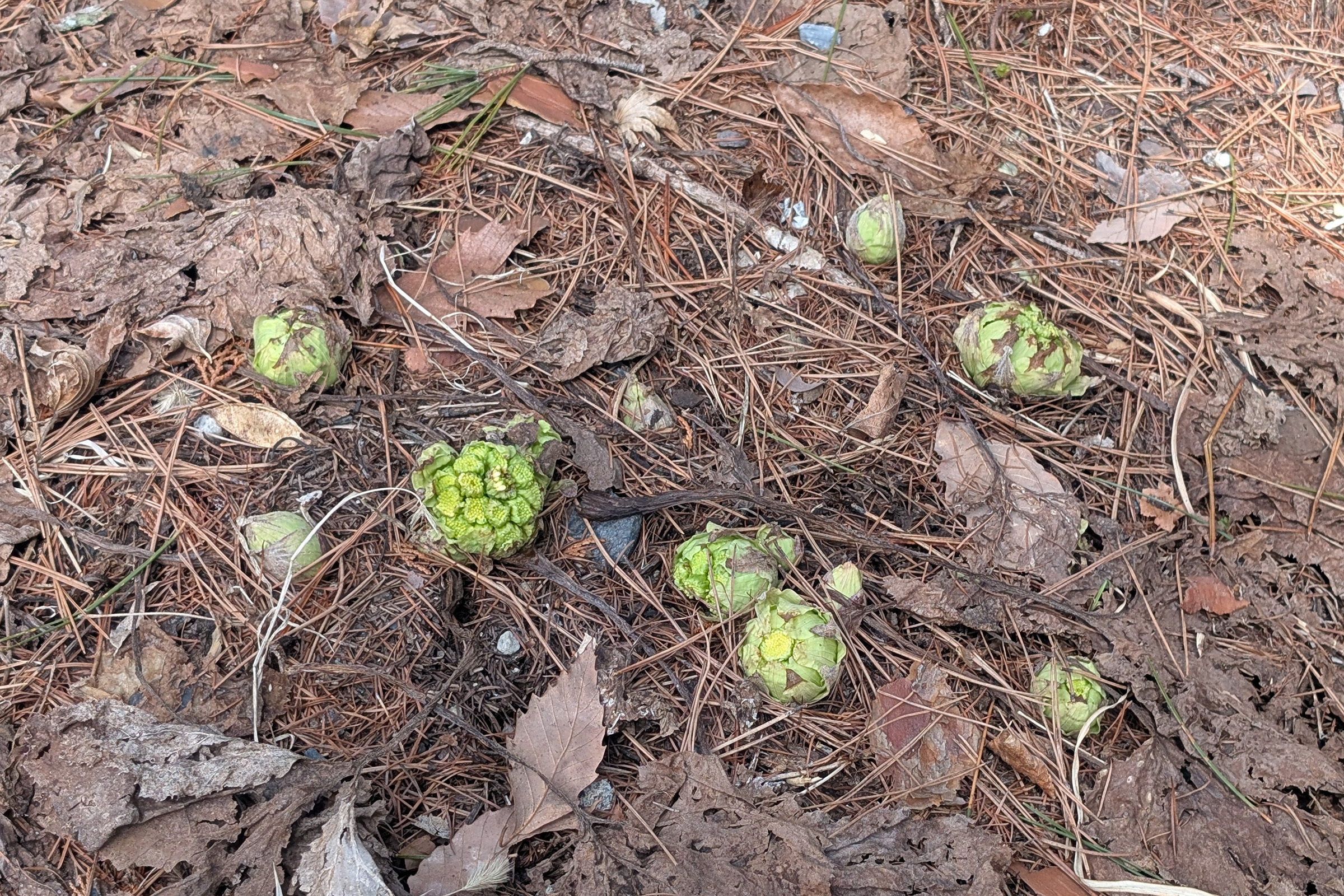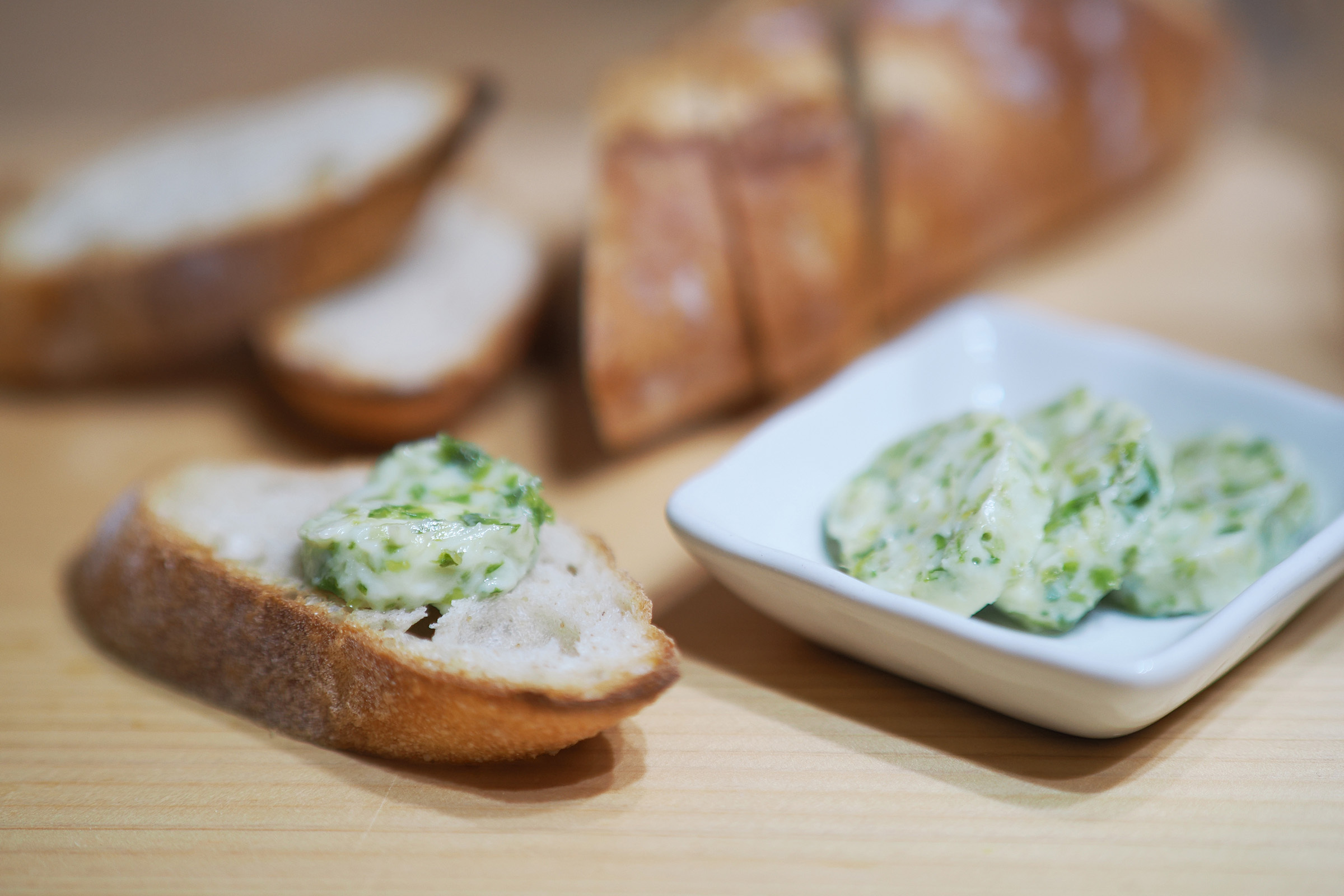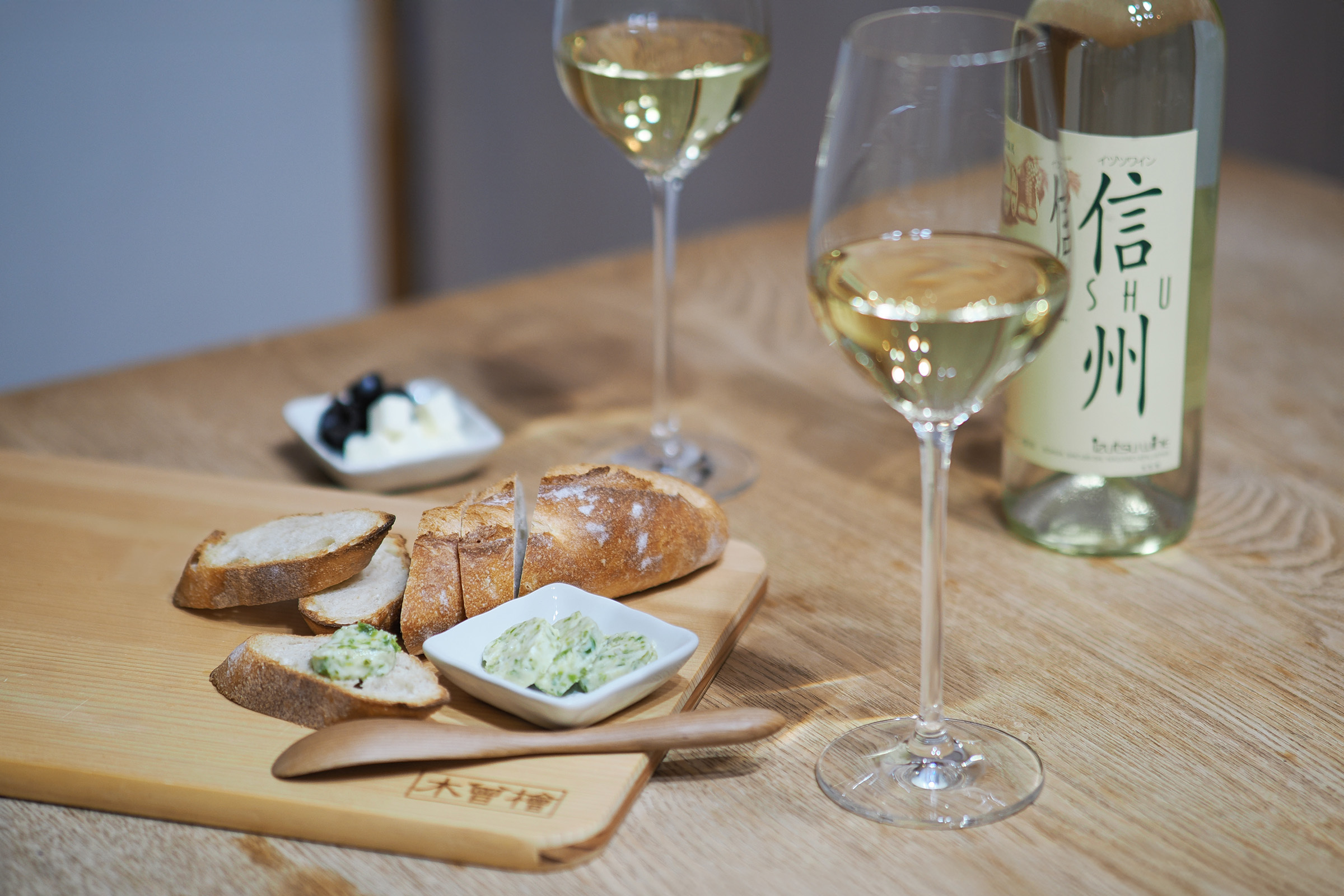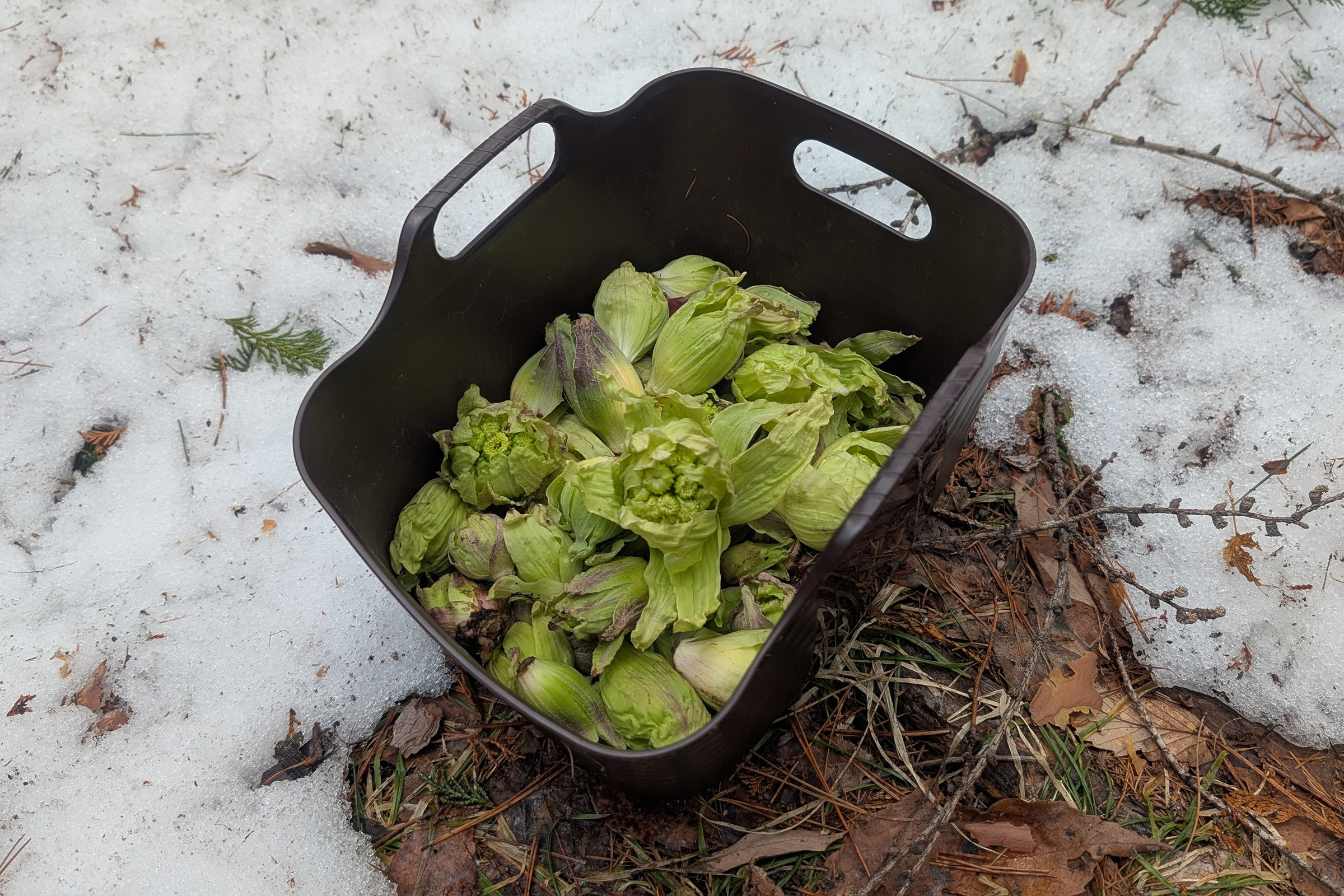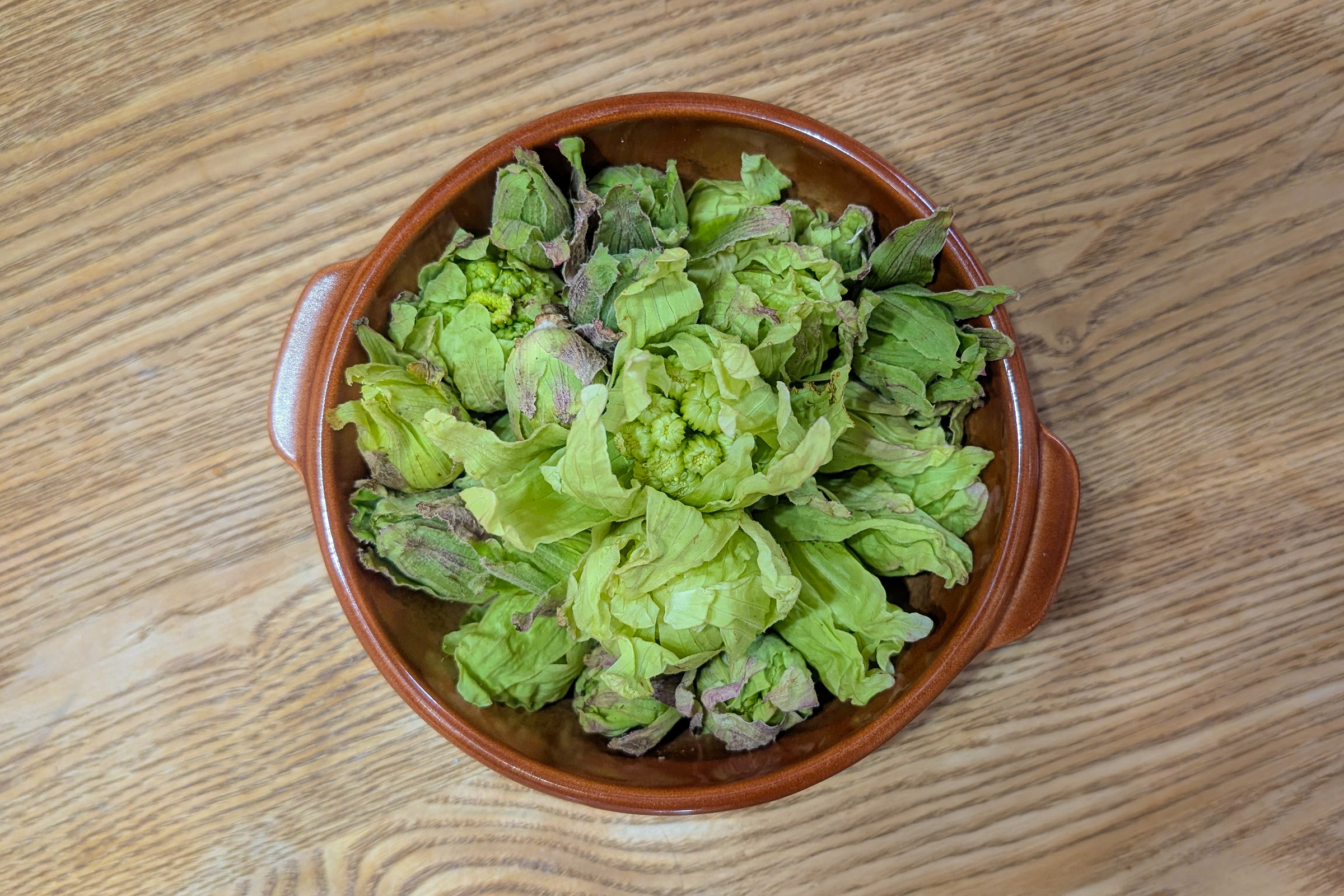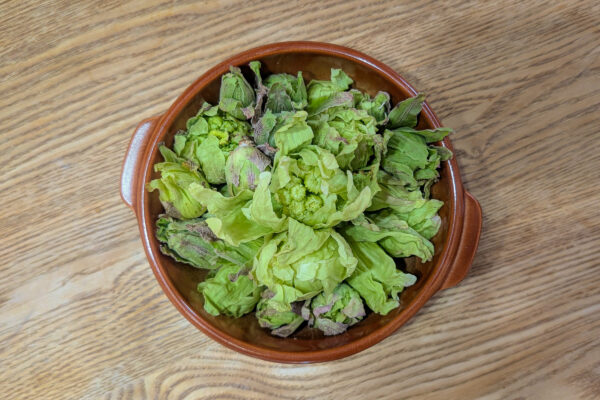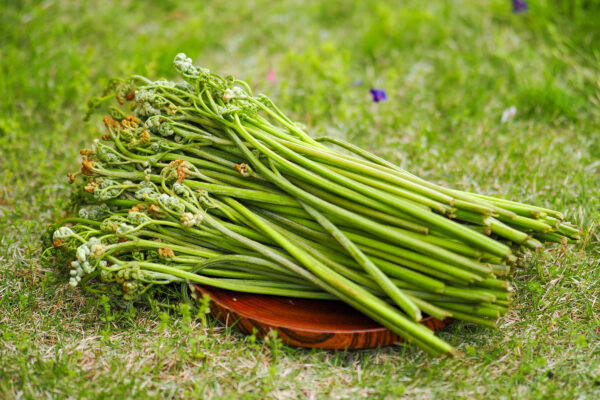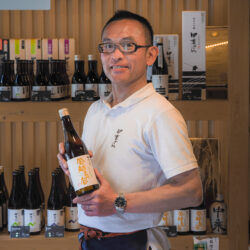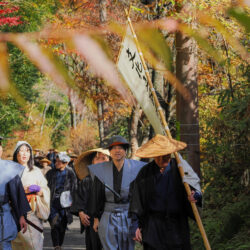Date of photo: March 31st, 2025 / English available below
こんにちは、キビです。
木曽は長野県の南西にあって4月でもまだ肌寒いですが、山野には確かに春を感じられます。
山菜の宝庫である木曽谷で一番槍をつけるのはふきのとうです。
土の中からニョキニョキと顔を出すふきのとうは、小さいうちに収穫するとえぐみが少なくて食べやすいです。
地元の方々はふきのとうを天ぷらやふき味噌にして春を味わいます。
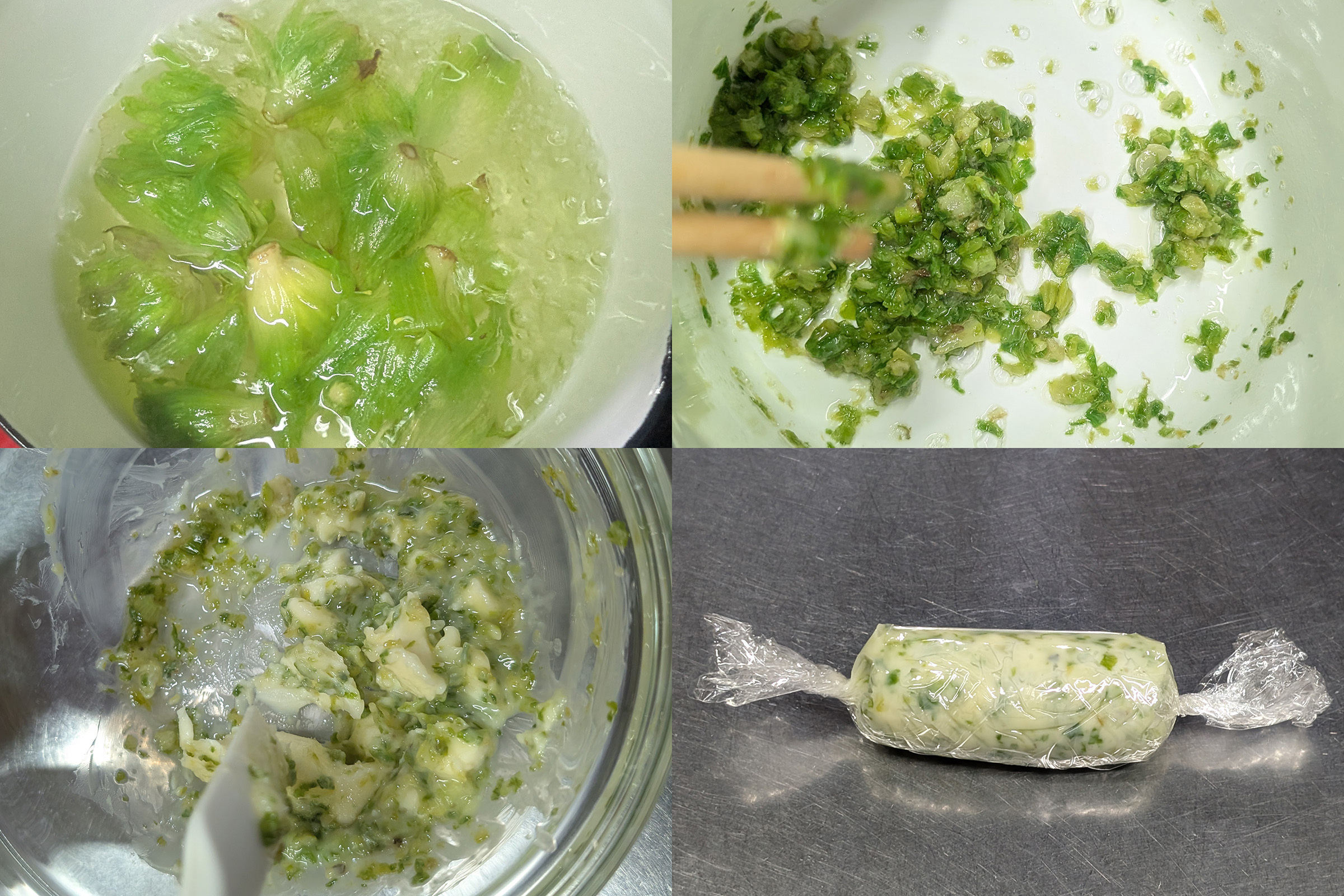
本日は友人に聞いたふきバターを作ってみました。
ふきのとうにはシュウ酸が多く含まれていますので、調理方法を工夫し、食べ過ぎには注意します。
焼きたてのバゲットにふきバターをのせると、独特なふきの苦みとバターの甘みがふわっと鼻に抜けます。
シンプルな一皿ですが、白ワインと合わせると春の夜にピッタリです。
それでは皆さま、明日もごきげんよう。
“Let’s try edible wild plants”
Hello, this is Kibi.
I will introduce a Japanese local food custom: Sansai, edible wild plants.
The Kiso area is in the southwest part of Nagano Prefecture in Japan.
It’s still chilly in April but we can feel spring is around the corner.
Kiso is a rich place for edible wild plants. One of them, Fuki-no-to, butterbur buds, is a sign of springtime.
People pick them in the fields and cook them for tempura, Fuki-miso paste and some people try a western style recipe: Fuki-butter spread.
When you spread Fuki-butter on a toasted baguette, you can enjoy the sophisticated harmony of Fuki-no-to’s unique bitterness and butter’s sweetness.
Moreover this simple dish goes well with white wine on a spring night.
So see you around, always be fine!
このブログへの取材依頼や情報提供、ご意見・ご要望はこちら
木曽地域振興局 総務管理・環境課
TEL:0264-25-2211
FAX:0264-23-2583

